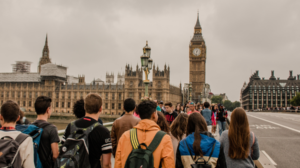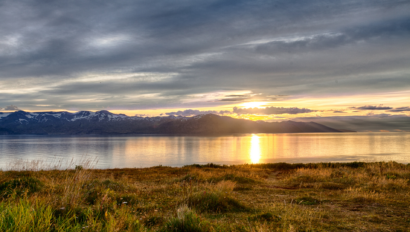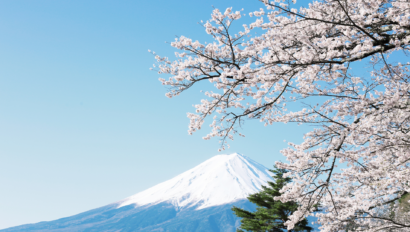Just as it took me a few days to override my instinct to say dollar instead of euro, University College Cork’s athletics facility having a name so similar to Mardyke caused a lot of confusion for more poor tongue. Mardyke takes its name from a larger historic district in the city. As with other place names, it is a corruption of the original Irish, in this case, An Mhuirdíog. In my student experience, the name referred to the Mardyke Arena, the incredible athletics facility for most university sports and community members. Though it lacks a hockey rink (though there are facilities for hurling, more on that in a minute), I am sad to say that Mardyke Arena has the Marino Center solidly beat.
Despite its downtown location Cork’s small size, University College Cork is not a typical urban campus. With great size, comes great athletic facilities, apparently. Arena is perhaps a misnomer. No trekking to Parsons Field here! For In addition to various fields and playing courts, Mardyke features a swimming pool, rooms for exercise classes, and a sauna. The latter made my buy a swimsuit. My other one had been left at home because I did not think it would get warm enough for me to need one. Please heed the lesson of some enthusiastic German friends of mine, swimsuits are generally required for saunas in more prudish Ireland. And to my surprise, etiquette lessons were not the only cultural differences I saw played out in Mardyke.
Space being at a premium, Mardyke also served as one of five testing center come final exams. I had to suppress the urge to laugh during the surreal experience of taking an exam with three hundred other students on basketball covered in carpet. Even my largest introductory lectures freshman year could not compare. Proctors in neon mesh vests emblazoned with the school’s name patrolled the aisles, ensuring everyone had their student IDs and scanning for cheats. Apparently, they are properly called invigilators, but I could not bring myself to call them that. Perhaps it was mostly unfamiliarity talking, but it did not make for an ideal test-taking environment. Marino wins in that regard for never hosting exams.
Through this it has become clear over the course of the semester how much Mardyke is a center of student life. The popularity of sports was evident generally, from the student body’s general predilection for athleisure, to commonplace betting establishments, to the shocking (to me) fervor with which students could be seen to celebrate the Easter horse races. At University College Cork in particular, campus sports (known as clubs) have a history almost as long as the school itself. In addition to the university coat of arms and logo, UCC clubs have their own iconic skull and crossbones. This originates from fact that the school’s rugby team in the late 19th century was predominately composed of medical students. More importantly, it makes for incredible school swag.
Aside from seeing rocking their club half-zips everywhere you go on campus, I was introduced to the range of sports at Mardyke at the semester Clubs & Societies fair. While these organizations are open to students at all levels, they do compete and feature nationally-ranking athletes. Making the “clubs” somewhat in-between club and intramural sports in the United States. UCC offers more than UCC is host to dozens of sporting clubs. Options run the gamut from Olympic-style trampoline and skydiving, to tamer badminton and fencing, to traditional Irish sports such as Gaelic football and camogie.
These traditional sports are part of a cultural legacy that has been actively revived and preserved. One of the many cleverly decorated electrical boxes in Cork bears the ironic motto, “Liberté, Egalité, GAA” which sums up things nicely. The Gaelic Athletic Association (GAA) alongside organizations such as the Gaelic League, emerged from a nationalist movement in the late 19th century dedicated to saving and promoting the Irish language and cultural practices.
I was lucky enough to see one live match in Cork’s Páirc Uí Chaoimh stadium, a Gaelic Football match between County Cork and County Clare. Spoiler alert: Cork lost. It was a close game so it would not have hurt so much except that my friend and I accidentally sat in a section of Clare fans. Gaelic Football defies explanation without referencing a combination of other sports. It is probably easiest to just click here to watch a video of a game in action. Nonetheless, it is fairly easy to follow, prior to that game my only introduction was catching a few minutes of a game playing in a Lord of the Rings themed bar in Killarney. Still I was glad I sprung for a program as I watched. If nothing else to learn that along with anything else, all players’ names were “translated” into Irish, something I have never seen before. It turns out
As promised, I want to return to another fantastic sport, the beloved and bloodthirsty sport known as hurling, and its feminine counterpart, camogie. It should absolutely not be confused with curling, especially since it’s (no offense) one thousand times cooler. Hurling holds the honor of being one of the fastest field sports and Ireland’s national sport. For those who know nothing, guess which of the following describes hurling?
a.) Brutal
b.) Impressive
c.) Exciting
d.) All of the above
Ding, ding ding! The answer is d! Once again click here for a brief introduction to this fast-paced game. Matches are occasionally played in Boston as well for anyone who wishes to appreciate the sport once described as “hockey crossed with murder.”










